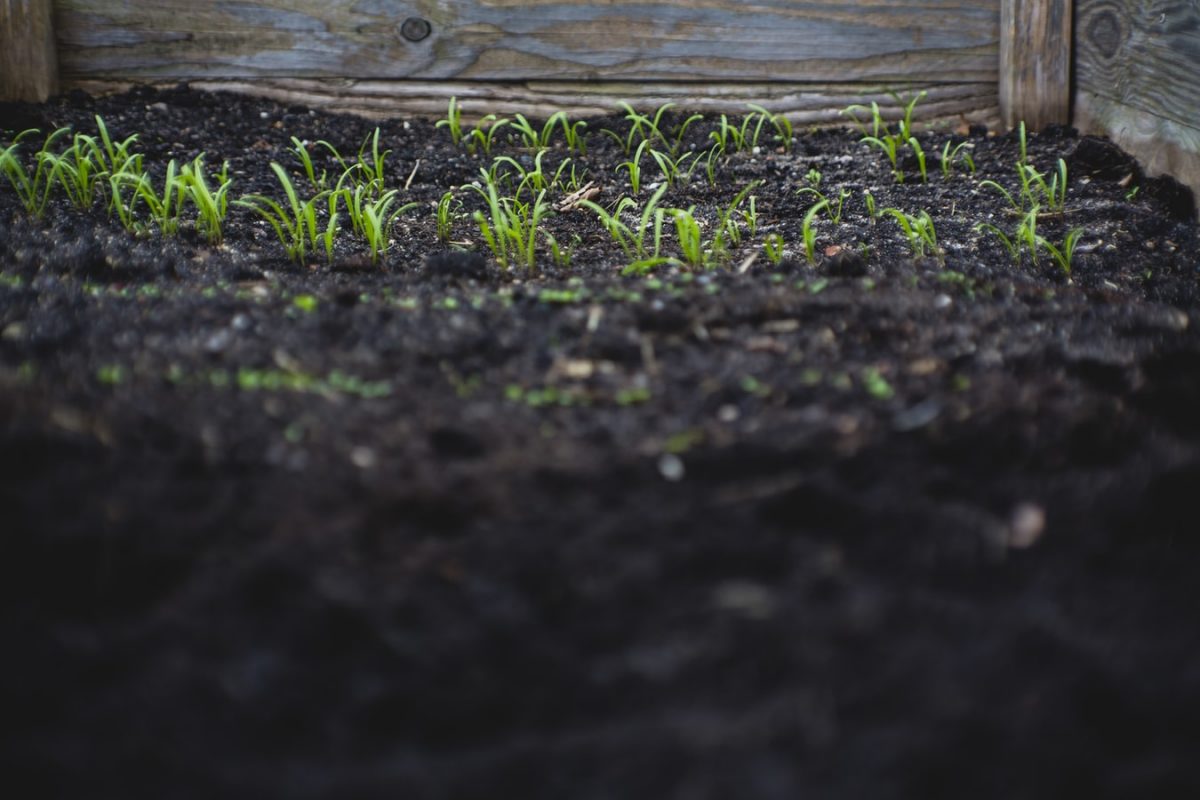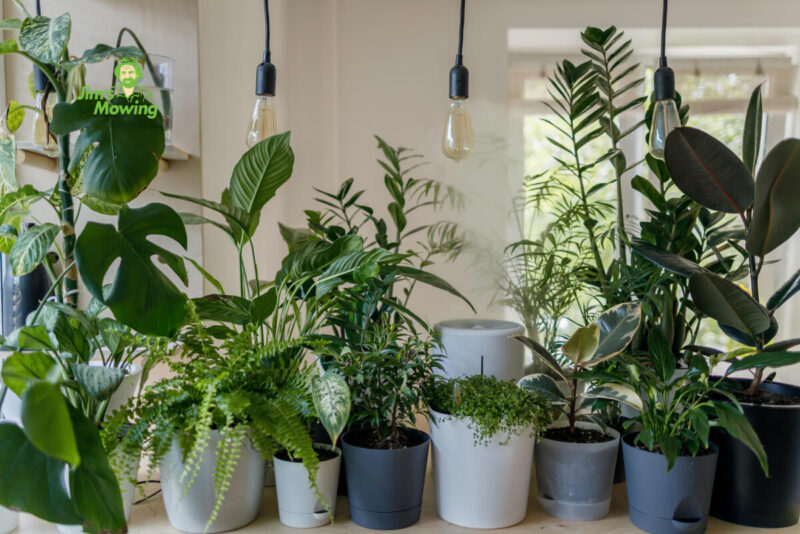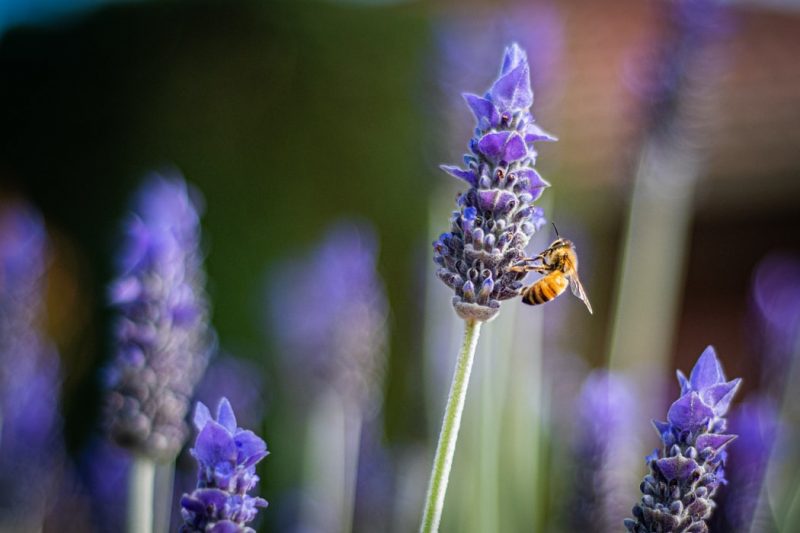No Dig Gardening
You may have heard the term “no dig gardening” mentioned from time to time, and wondered what it means. Or maybe you know a little bit about it and are looking to start your very own no dig garden in your back or front yard.
No dig gardening can be a great way for beginners to get into gardening. From veggie patches to flower beds, there are many types of plants you can put into your no dig garden.
Want to find out more about no dig gardening, and learn how to start your very own bed? Keep reading below!

What is no dig gardening?
As the name suggests, no dig gardening involves creating a garden with no digging involved. An example of this would be a no dig vegetable garden that involves four pieces of wood arranged to make a box shape, and then filled with soil. This form of gardening is great for those who have a smaller amount of space, as it doesn’t take much room to get started!
Benefits of no dig gardens
No dig gardens can be set up pretty much anywhere, which is great for those who have land with less fertile soil, or a concrete space rather than grass and dirt. They’re relatively simple and quick to make, with smaller versions able to be created during a free afternoon. No dig gardens can easily be packed with lots of healthy, fertile soil, which your plants will love. They can also be made to fit the space you want to fill, as you can design their size and dimensions yourself!
Materials and equipment you will need
So, how do you start a no dig garden? Starting a no dig allotment doesn’t have to be overly difficult. Before starting, make sure you have all the materials and equipment you need to put the garden bed together. Materials you will need includes:
- A pre-made garden bed, or four pieces of wood or metal to join together to make the shape. You can also use bricks if you prefer the aesthetic look
- Cardboard or newspaper (for constructing a no dig garden over a grassy patch), or sticks/scoria (if making it over concrete)
- Plenty of manure, grass clippings or dried leaves, and compost to create the perfect conditions for your plants to grow in
Putting your garden bed together
Constructing a no dig garden is a relatively straightforward process. This process differs slightly depending on whether you are creating it over a patch of grass or a slab of concrete.
Making a no dig garden over grass
If you’re looking to make your no dig garden over a patch of grass, the following method can be followed:
- Construct the edges of the planter by joining the pieces you have chosen together. This should form a square or rectangle shape
- If this is a spot that is susceptible to weeds, you might consider putting a layer of chicken manure down first (and watering it), or dusting the area with gypsum to negate their possible impact
- Place the cardboard or newspaper down to cover the open space of the garden box. Make sure no grass is visible and the entire bottom is covered. Make sure to wet this cardboard or paper before adding additional layers. This will help to stop the weeds from growing through and making an appearance in your no dig garden bed
- Like a stylish outfit on a cold winter day, no dig gardens are all about layering! So, for example, you can start by placing a layer straw/grass clippings/leaves down, water it well, then add a layer of horse manure, water it well, then adding a layer of compost and (you guessed it!) watering it well, too. Repeat this process until your garden bed is filled with nutrient-dense material
- Start planting! To do this, make a small hole in the soil, and then place a seed or seedling inside it. Continue this step until your entire garden is filled with wonderful plants! Once planted, place some mulch around the seedlings to further protect them against weeds
Making a no dig garden over concrete
When it comes to making a no dig garden over concrete, the process is pretty similar to creating one over grass. The main difference occurs at the start. While with a no dig garden made over grass it’s a good idea to put newspaper or cardboard down first, with a no dig garden made over concrete it can be a good idea to put down sticks or rocks for drainage (keep in mind that rocks may scratch the concrete up), and avoiding putting down gypsum or chicken manure. Other than this step, the process for creating the garden remains the same.

What should you grow?
There are many different types of plants that you can grow in a no dig garden bed. You can create a no dig vegetable garden and plant lots of lovely veggies to eat, or a no dig flower bed where you can plant stunning flowers to brighten up your yard. The choices are pretty much endless, and a no dig garden can be created to suit the style you are after.
Due to the richness of the soil, it is advisable to avoid root crops such as carrots and onions for the first season of growing in your no dig garden. During the first season, these tend to not grow very well, however, later down the track you can introduce them to your garden bed.
Topping up a no dig garden
Due to the layered nature of a no dig garden, it will tend to compress pretty quickly as the matter decomposes. To remedy this, make sure to build your bed a little higher than you require it to be. You can also top up your no dig garden as it begins to flatten by adding more layers in when you plant new plants (or whenever you feel it my need it).
No dig gardens can be a super fun way to get started with gardening. They’re perfect for areas that have poor natural soil quality, or those who have concrete in their yards rather than grass and earth.



